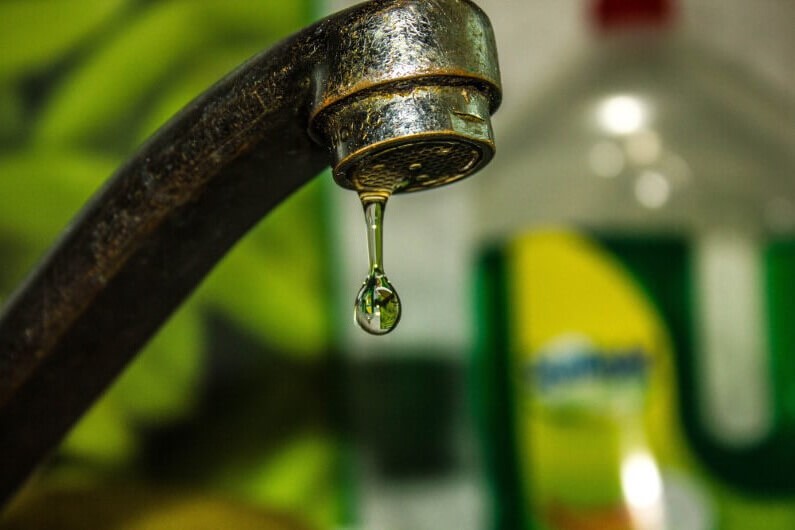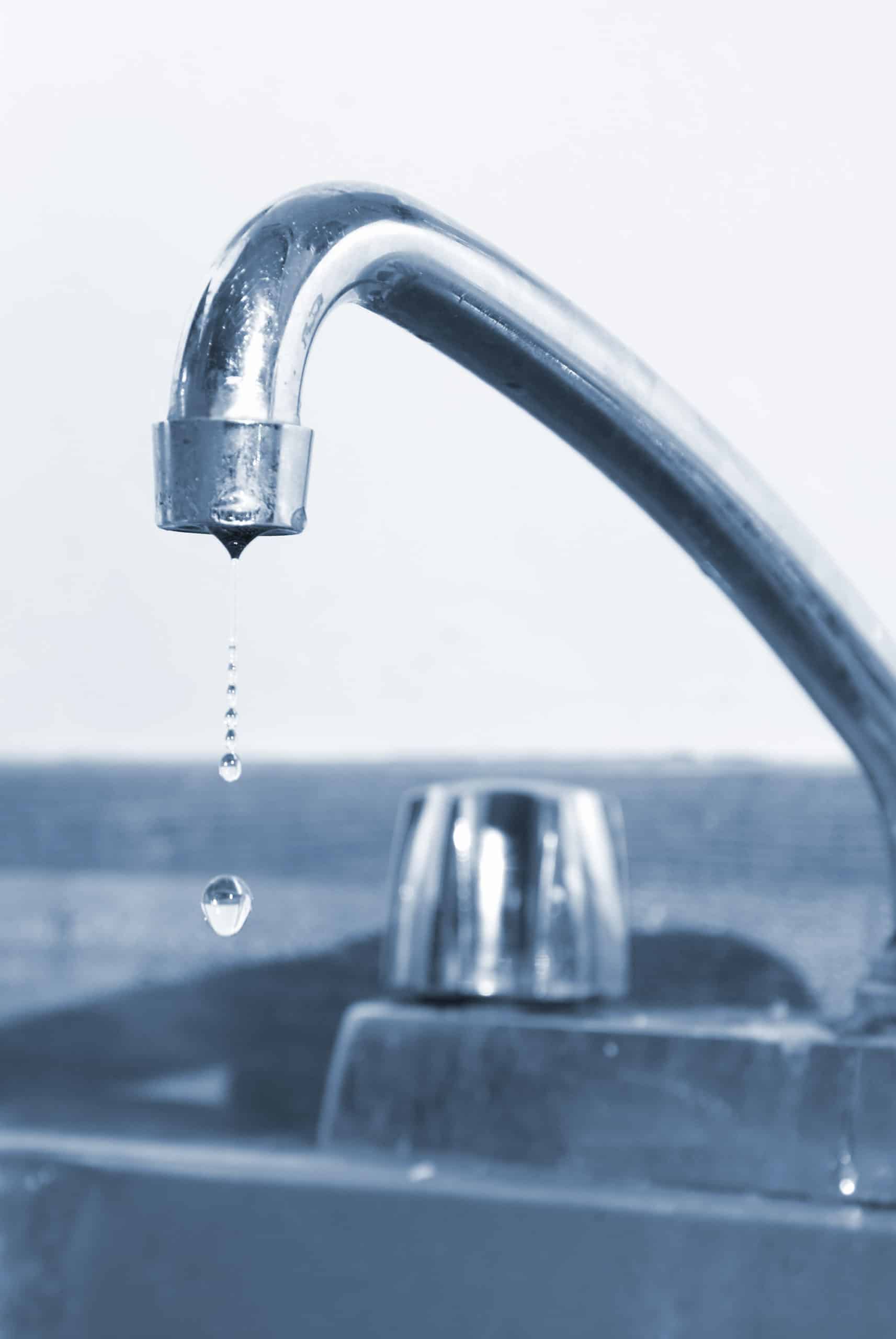Why It's Essential to Repair a Faulty Faucet
Why It's Essential to Repair a Faulty Faucet
Blog Article
This article in the next paragraphs involving Leaky Faucets: Why They Happen & What to Do About Them is exceedingly captivating. Don't miss it.

Leaking taps may appear like a small aggravation, yet their influence surpasses simply the aggravation of the audio. From drainage to sustaining unneeded financial prices and wellness threats, neglecting a leaking faucet can lead to various effects. In this post, we'll explore why it's essential to resolve this typical family problem promptly and efficiently.
Wastefulness of Water
Environmental Impact
Leaking faucets add considerably to water wastefulness. According to the Environmental Protection Agency (EPA), a solitary faucet dripping at one drip per second can throw away more than 3,000 gallons of water each year. This not only stress water sources but likewise impacts ecosystems and wildlife based on them.
Financial Expenses
Raised Water Bills
Beyond the ecological effect, trickling taps can pump up water expenses considerably. The gathered wastefulness over time translates into higher energy costs, which might have been prevented with prompt repair services.
Prospective Building Damages
Additionally, extended trickling can bring about harm to components and surface areas bordering the faucet. Water build-up can trigger discoloration, corrosion, and even architectural problems if left neglected, causing added repair costs.
Wellness Problems
Mold And Mildew and Mold Development
The consistent visibility of wetness from a leaking faucet produces an optimal atmosphere for mold and mildew development. These fungis not just jeopardize indoor air quality but additionally present health and wellness risks, especially for people with respiratory conditions or allergies.
Waterborne Diseases
Stagnant water in trickling taps can come to be a breeding place for germs and various other virus, boosting the threat of waterborne diseases. Contaminants such as Legionella bacteria flourish in stagnant water, potentially bring about significant illnesses when consumed or breathed in.
Do it yourself vs. Expert Repair service
Advantages and disadvantages of DIY Repair Work
While some may try to take care of a trickling tap themselves, DIY repairs feature their own set of obstacles. Without appropriate knowledge and devices, DIY efforts can intensify the concern or cause insufficient repairs, lengthening the problem.
Benefits of Hiring a Professional Plumber
Hiring a professional plumber guarantees that the underlying cause of the dripping tap is resolved properly. Plumbing professionals possess the proficiency and tools to diagnose and repair faucet problems successfully, saving time and reducing the danger of more damages.
Step-by-Step Guide to Fixing a Dripping Tap
Tools Required
Prior to attempting to deal with a dripping faucet, gather the required devices, including a flexible wrench, screwdrivers, replacement parts (such as washers or cartridges), and plumber's tape.
Common Faucet Issues and Their Solutions
Recognize the sort of tap and the details issue triggering the drip. Usual problems consist of worn-out washers, corroded shutoff seats, or damaged O-rings. Describe producer guidelines or on the internet tutorials for step-by-step advice on repair services.
Preventive Measures
Normal Maintenance Tips
To stop leaking taps, carry out regular upkeep such as cleaning aerators, checking for leakages, and replacing damaged parts quickly. In addition, consider setting up water-saving tools or upgrading to a lot more efficient fixtures.
Value of Prompt Services
Dealing with leaking taps as quickly as they're noticed prevents further water waste and prospective damages, eventually conserving both water and cash in the long run.
Effect On Property Value
Assumption of Well-Maintained Property
Maintaining a home in good condition, including addressing upkeep problems like leaking faucets, boosts its viewed worth and desirability amongst possible buyers or occupants.
Impact on Resale Value
Qualities with well-maintained plumbing components, including faucets, command greater resale worths in the property market. Addressing leaking faucets can add to a positive perception during building examinations and negotiations.
Environmental Responsibility
Individual Contribution to Preservation
Taking duty for repairing dripping faucets aligns with more comprehensive initiatives towards water conservation and environmental sustainability. Every individual's activities jointly make a substantial impact on maintaining valuable resources.
Lasting Living Practices
By prioritizing punctual repair services and embracing water-saving habits, people contribute to lasting living methods that benefit both existing and future generations.
Conclusion
Resolving a leaking tap exceeds plain benefit; it's a crucial action toward preserving water, decreasing economic costs, and protecting wellness and residential or commercial property. Whether via do it yourself repair work or specialist assistance, doing something about it to repair dripping faucets is a small yet impactful way to promote liable stewardship of sources and add to a healthier, a lot more lasting future.
Most Common Reasons for a Leaky Faucet and How to Stop the Drip
Whether it’s your kitchen faucet leaking or a bathroom faucet leaking, one leaky faucet can waste anywhere from three to 30 gallons of water every single day. If the constant drip-drip-drip doesn’t get your attention, your water bill will. The good news is that, by following a few simple steps, chances are pretty good you can fix the problem yourself.
Why is it dripping?
Before you start taking things apart, let’s break down some of the most common causes of a leaky faucet.
Bad O-ring.
A cartridge is a valve that controls the flow of water into the faucet spout. On cartridge faucets there’s an O-ring—the little disc attached to the stem screw that holds the faucet handle in place. If it’s loose or worn-out, it can cause your sink handle to leak. Of course, the cartridge itself could be worn out. If that’s the case, make sure you replace it with the exact same kind.
Corroded valve seat.
The valve seat connects the faucet and the spout. If the leak seems to be coming from the spout, it might be because a buildup of water sediment has corroded the valve seat.
Worn-out washers or seals.
A leaky spout could be caused by a bad washer that rests against the valve seat. It’s just a matter of time before friction takes its toll. It could also be the wrong size washer or one that’s been installed incorrectly. Water sediments can also corrode inlet and outlet seals.
Water pressure.
If the faucet only drips now and then, or when you turn the handles a certain way, you should probably check your home’s water pressure.
Loose or broken parts.
The adjusting ring and packing nuts in the stream screw can become loose over time, causing your sink handle to leak. Try tightening or replacing the packing nut. If the leak is coming from the pipes underneath the sink, you probably have a broken pipe or fitting. If that’s the case, you should definitely call a plumber.
Know your faucet.
Faucets come in a variety of types. Each one has its own assembly—and its own possible causes of leaks. Learning about the four most common kinds of faucets will help you know how to take them apart and make any repairs.
How to stop a leaky faucet
Fixing that leaky faucet doesn’t have to take a lot of time, money, or expertise. It’s usually a simple matter of replacing a worn-out washer or gasket, a loose O ring, or another part. Chances are really good you can do this yourself if you follow these simple steps.
Shut off the water.
Before you tackle the faucet, cut off the water supply to the sink. There should be one valve for hot and one for cold. Hand-turn them clockwise with your hands till they close. If there are no valves under the sink, head to the basement and shut off the main water supply to the house. Then turn on the faucet until it empties out the water that’s still in the line and you’re ready to start. It’s a good idea to cover the sink drain with a plug or a rag so you don’t lose any small pieces and parts while you’re working.

I discovered that review about How to Fix a Dripping or Leaky Faucet while scouting around the search engines. Sharing is good. Helping people is fun. Thank you for your time. Please check our blog back soon.
Report this page